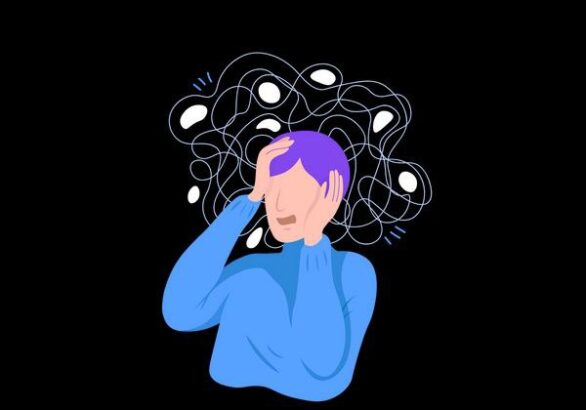Living with Panic Disorder: A Personal and Profound Experience
Panic Disorder is a debilitating mental health condition that affects millions of people worldwide. Characterized by sudden and intense episodes of fear, anxiety, and physical symptoms, it can be a deeply distressing and isolating experience. As someone who has lived with Panic Disorder for several years, I can attest to the profound impact it has had on my daily life.
The Symptoms of Panic Disorder
Panic Disorder is characterized by recurring panic attacks, which are sudden and intense episodes of fear or discomfort that peak within minutes and include physical symptoms such as a racing heart, sweating, trembling, shortness of breath, and nausea (National Institute of Mental Health, 2020). These attacks can be triggered by various stimuli, including stress, anxiety, or even seemingly innocuous situations.
The Effects on Daily Life
Living with Panic Disorder can be a significant challenge. Simple tasks, such as going to the grocery store or taking a walk, can become overwhelming and anxiety-provoking experiences. The constant fear of having a panic attack can lead to avoidance behaviors, causing individuals to limit their social interactions and daily activities (Kessler et al., 2005). Additionally, the physical symptoms of panic attacks can lead to chronic fatigue, sleep disturbances, and headaches.
The Psychological Impact
The psychological impact of Panic Disorder cannot be overstated. Individuals with Panic Disorder often experience significant anxiety, depression, and low self-esteem (Hofmann et al., 2010). The fear of having a panic attack can lead to hypervigilance, causing individuals to become hyper-aware of their surroundings and constantly on edge. This hyper-vigilance can lead to feelings of hopelessness and helplessness.
Treatment Options
Fortunately, there are effective treatment options available for Panic Disorder. Cognitive-behavioral therapy (CBT) is a highly effective treatment approach that helps individuals identify and challenge negative thought patterns and behaviors associated with Panic Disorder (Hofmann et al., 2010). Medications such as benzodiazepines and selective serotonin reuptake inhibitors (SSRIs) can also be effective in reducing symptoms of Panic Disorder.
Conclusion
Living with Panic Disorder is a complex and challenging experience that requires patience, understanding, and support. While the symptoms of panic disorder can be debilitating, it is essential to recognize that treatment options are available and effective. By seeking professional help and support from loved ones, individuals with panic disorder can learn to manage their symptoms and improve their overall quality of life.
References
Panic Disorder: When Fear Overwhelms – National Institute of Mental Health (NIMH) (nih.gov)
Panic Disorder – National Institute of Mental Health (NIMH) (nih.gov)
Panic Attacks & Panic Disorder: Causes, Symptoms & Treatment (clevelandclinic.org)
Websites:
Britmed Healthcare: https://britmedhealthcare.co.uk/
Nightingale Hospital: https://www.nightingalehospital.co.uk/
Top Doctors: https://www.topdoctors.co.uk/doctor/ahmed-el-missiry
You can also book, Contact us on WhatsApp 08009708017




